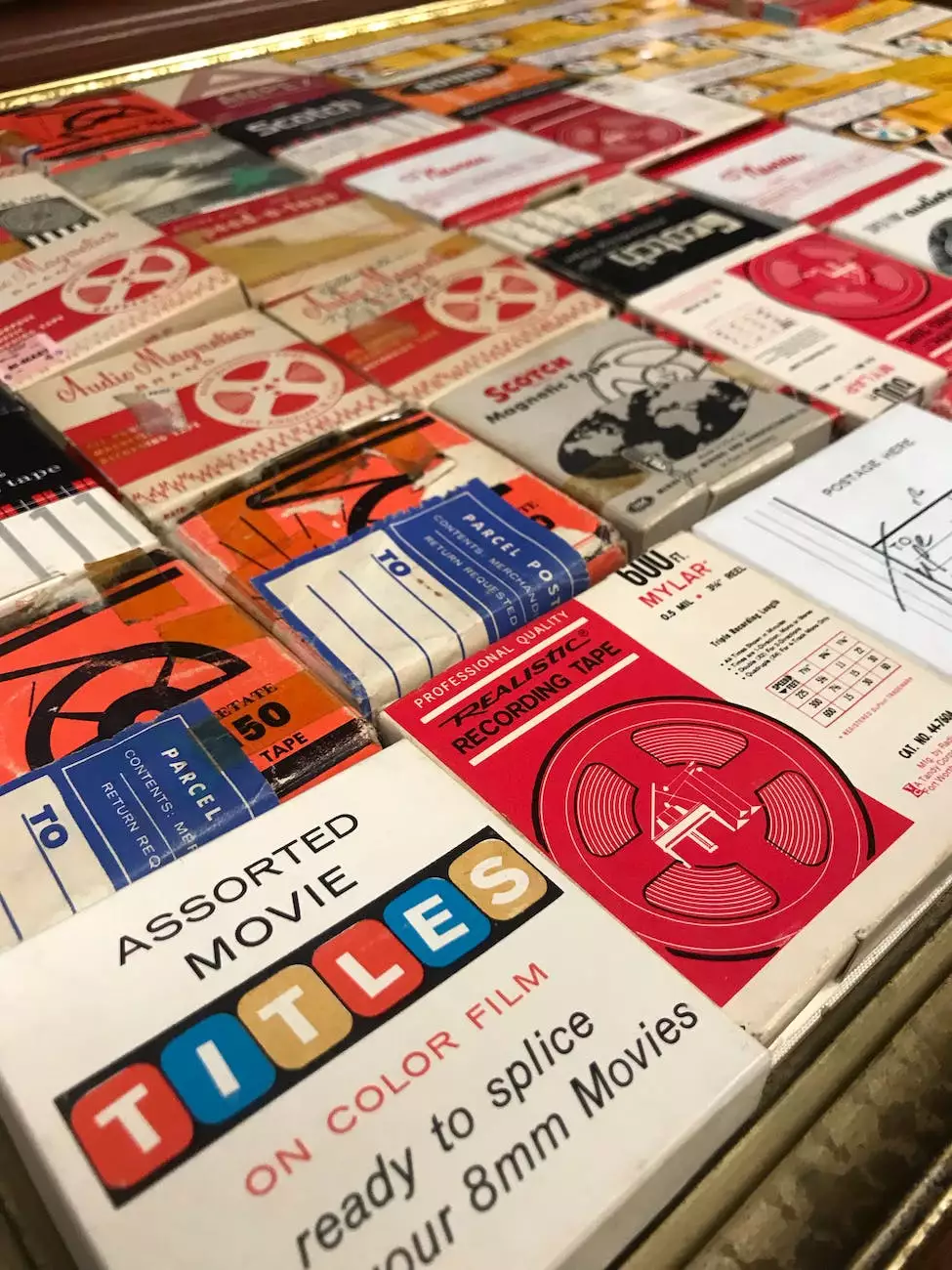Smart Marketing Design: What is Your Font Really Telling Consumers
Blogs
The Importance of Font Choice in Marketing
In the digital age, where visual appeal plays a crucial role in capturing audiences' attention, selecting the right font for your marketing materials can greatly impact your brand image and consumer perception. Fonts have the power to evoke emotions, convey messages, and influence purchasing decisions.
Understanding Font Psychology
Fonts are not merely decorative elements; they are powerful tools that shape the way your content is perceived. Different fonts carry distinct psychological associations that can either support or undermine the intended message. For instance:
- Serif Fonts: Classic and traditional, serif fonts like Times New Roman or Georgia are often associated with reliability and professionalism. They can be a suitable choice for formal or corporate communications.
- Sans-serif Fonts: Clean, modern, and versatile, sans-serif fonts like Arial or Helvetica are widely used for digital content and convey a sense of simplicity and efficiency.
- Script Fonts: Elegant and sophisticated, script fonts like Brush Script or Calligraphy invite a more artistic and personal touch to your designs, adding warmth and charm.
- Display Fonts: Bold, attention-grabbing, and unique, display fonts like Impact or Bebas Neue are commonly used for headlines or short phrases where you want to create a strong visual impact.
- Handwritten Fonts: Informal and friendly, handwritten fonts like Comic Sans or Marker Felt can make your content feel more approachable and relatable.
Optimizing Font Selection for Target Audience
To truly connect with your target audience, it's important to consider their preferences and expectations. Conducting thorough market research and understanding your audience's demographics, interests, and values will help you make informed decisions about font selection. Here are some key considerations:
- Age Group: Different age groups may respond differently to various font styles. For example, younger audiences may appreciate trendy and eye-catching fonts, while older demographics may prefer more traditional and legible choices.
- Industry: Each industry has its own visual language and design trends. Aligning your font choice with industry standards can help establish credibility and resonate with potential customers.
- Branding: Consistency across all marketing materials is crucial for building a recognizable brand. Choose fonts that complement your brand identity and reflect your unique selling proposition.
- Readability: Different fonts have varying levels of legibility, especially at different sizes and when used in various mediums. Always prioritize readability to ensure your message is conveyed effectively.
Combining Fonts for Effective Design
Navigating the vast array of available fonts can be overwhelming. To create visually appealing and harmonious designs that capture attention, consider using font combinations. Pairing complementary fonts adds depth, contrast, and visual interest to your marketing materials.
When combining fonts, keep the following tips in mind:
- Contrast: Choose fonts that have noticeable differences in style, weight, or structure. The contrast will make the text elements stand out and guide the reader's attention.
- Hierarchy: Establish a visual hierarchy by using different font sizes, weights, and styles to emphasize important information and guide the reader through the content flow.
- Consistency: While using multiple fonts, ensure they maintain a cohesive style that aligns with your brand and enhances the overall aesthetic appeal.
Staying Current with Font Trends
Marketing design trends evolve constantly, and fonts are not exempt from these shifts. Keeping up-to-date with the latest font trends allows you to maintain a fresh and relevant visual presence. Some current font trends include:
- Minimalist Fonts: Clean and simple fonts that prioritize readability and clarity.
- Custom Hand-Drawn Fonts: Unique, bespoke fonts that add a human touch and convey authenticity.
- Variable Fonts: Fonts with adjustable properties such as weight and width, offering flexibility and adaptability.
- Textured and Grunge Fonts: Fonts that mimic distressed or worn-out effects to create a vintage or edgy look.
Conclusion
Choosing the right font for your marketing materials is an essential aspect of effective brand communication. By understanding font psychology, considering your target audience, optimizing font combinations, and staying informed about current font trends, you can create visually appealing designs that leave a lasting impression on consumers.
At Mountain Marketing Seo, we specialize in helping businesses optimize their digital marketing strategies, including font selection and design. Contact us today to learn more about how our Business and Consumer Services - Digital Marketing solutions can drive success for your brand.




